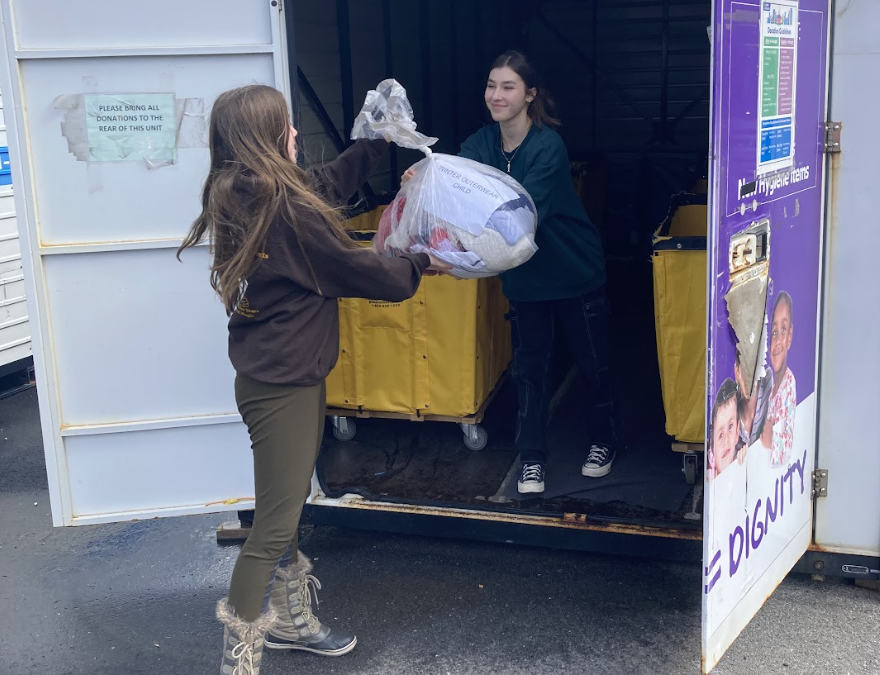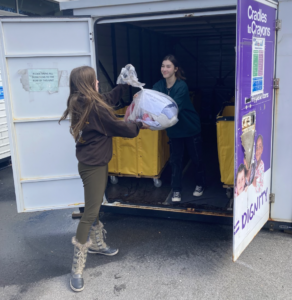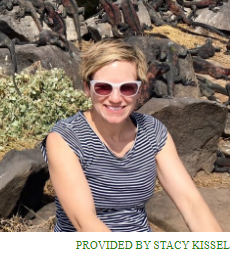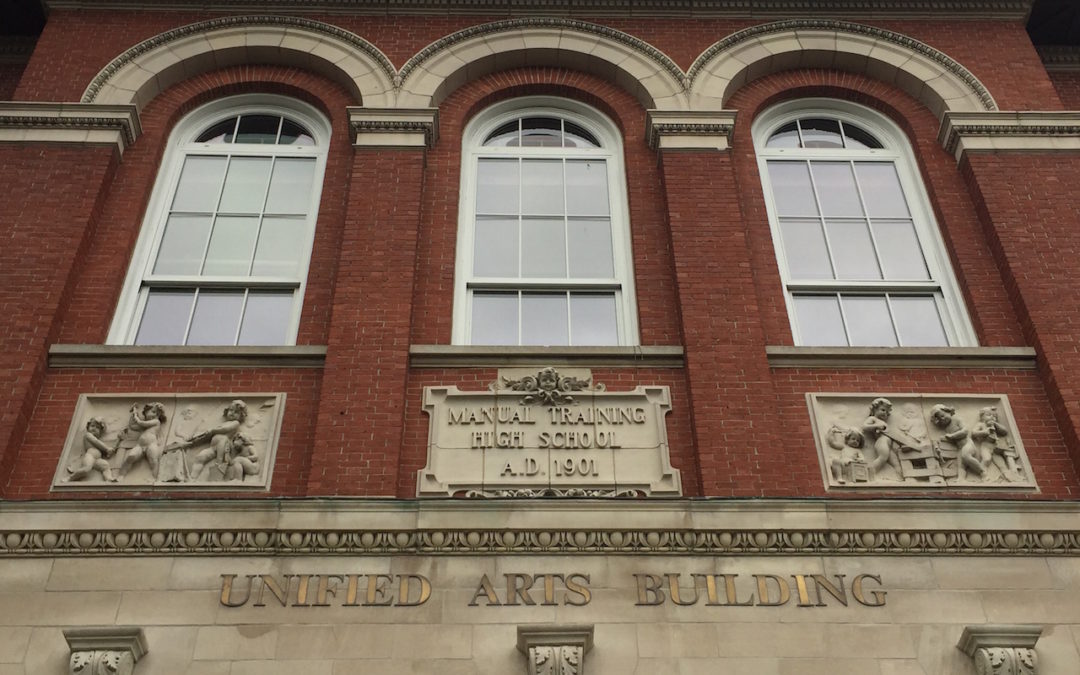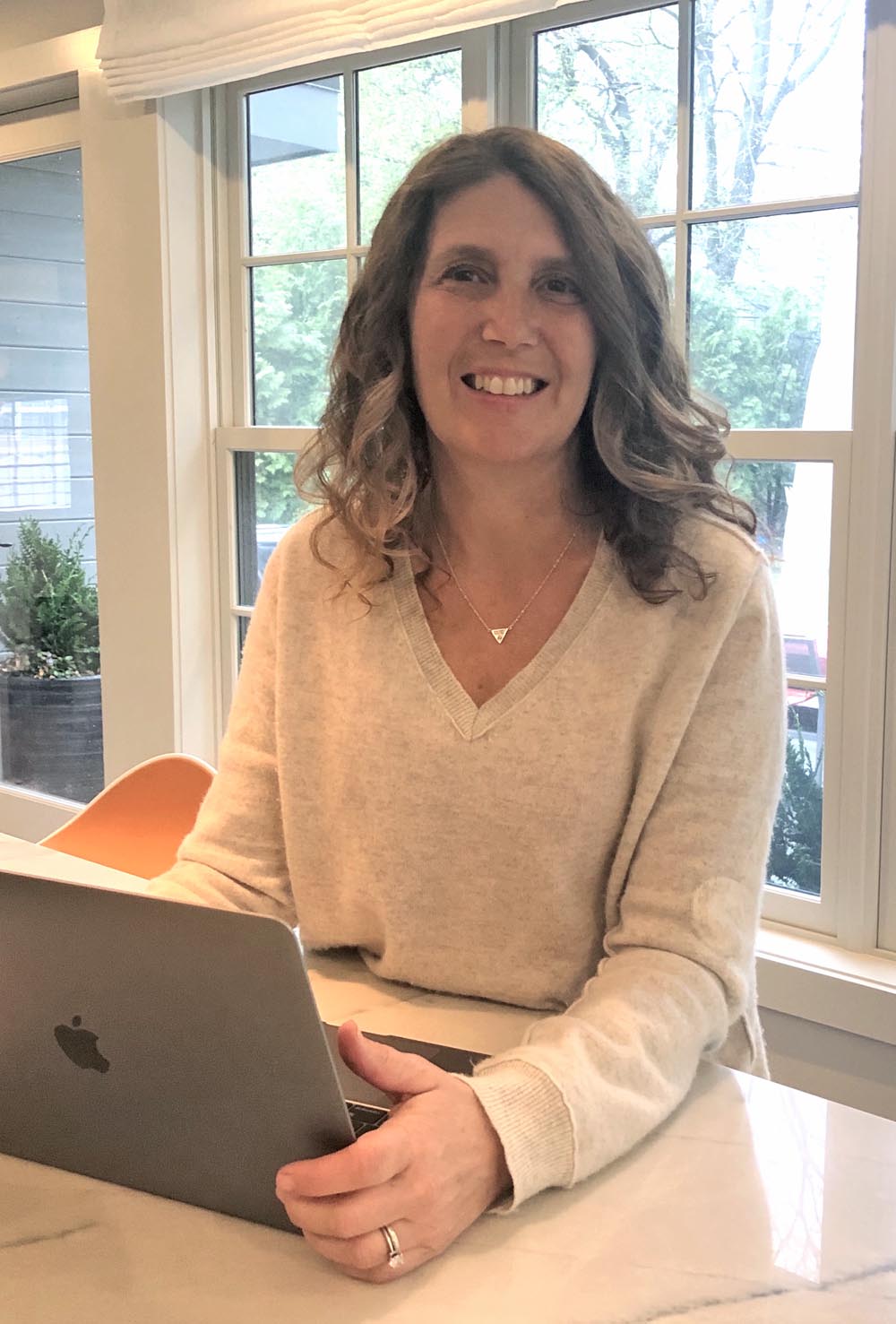
9th Grade Physics Reimagined: A Spotlight on Experiential Physics
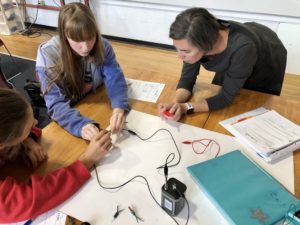 In 2019, BHS launched Experiential Physics, a three-year pilot program to develop a new curriculum for 9th grade Physics, supported by a grant from the BHS Innovation Fund. The redesigned course develops scientific, engineering, and entrepreneurial skills and teaches students collaborative, real-world approaches to designing solutions to today’s scientific problems. We caught up with three physics teachers, Julia Mangan, Jennifer Spencer, and Stacy Kissel, who shared their views on the new Experiential Physics course curriculum and teaching approach. Their collective insights are captured in the Q&A below.
In 2019, BHS launched Experiential Physics, a three-year pilot program to develop a new curriculum for 9th grade Physics, supported by a grant from the BHS Innovation Fund. The redesigned course develops scientific, engineering, and entrepreneurial skills and teaches students collaborative, real-world approaches to designing solutions to today’s scientific problems. We caught up with three physics teachers, Julia Mangan, Jennifer Spencer, and Stacy Kissel, who shared their views on the new Experiential Physics course curriculum and teaching approach. Their collective insights are captured in the Q&A below.
Q: Why was it important to redesign the physics curriculum?
State standards and practices now call for an increased focus on the skills students develop in 9th grade physics. As a result, we were inspired to reimagine learning in 9th grade physics to be more applicable to physics in the real world! Our approach has become less teacher-driven and more student-focused. We attended two intensive training seminars to learn more about the Modeling Approach to teaching physics and how to teach students to work together collaboratively, take risks, and communicate productively.
Students will participate in a variety of projects, activities and labs to give them a broad sense of what it means to “do” science—this emphasis was missing from our previous curriculum. We are developing the “story of physics” through multiple lenses including student learning through content, skills development, and the many different “hats” students wear throughout the year.
Q: What are some of the new ways you are covering physics material?
We wanted students to learn physics through doing and not just learning facts, placing greater value on the process of science. We’re spending more time teaching students more explicitly how to ask questions like scientists do and how to answer them right in the classroom. We’ve added more hands-on experiments in which students test hypotheses and carry out procedures, analysis of data, and online research.
We have created and piloted a new project across the 9th grade asking students to apply content learned in the waves unit (sound, light, etc.) to explain how organisms use waves to communicate and sense the world around them. Students can take a deeper dive into how the content connects to the real world, both with how human ears and eyes work as well as how other organisms have evolved different ways to use sound waves and light waves for sensing and communication.
We will also be doing a unit on nuclear physics at the end of the year. This is a topic we have not previously taught to freshmen.
Q: How does the new curriculum impact the experience of students?
The goals for student learning are to push beyond learning about science and to focus on learning how to do science. This involves many skills that scientists employ, such as learning how to ask good questions, using discussion skills to make good predictions, designing experiments that answer their questions, using research tools to see what other researchers have learned, and creating mathematical and computational models that describe the real world for the purpose of answering questions.
We’ve received informal feedback from students that they love learning this way! We are regularly hearing students refer back to the common experience of each unit as they make new connections that push their understanding deeper.
Our activities and projects are designed to better meet the needs of all students regardless of background knowledge. For example, students who typically aren’t engaged in the learning of science, but loved tinkering with circuits, spent time creating a complicated device that worked in unique and challenging ways.
Q: What have you learned in the first few months teaching the new curriculum?
It has been so exciting to have the time and opportunity to be creative in defining this shift in science instruction!
We’re still trying to cover the same breadth of physics material but deeper learning requires more time for students to both learn and practice the skills of a scientist. Students seem excited to apply their knowledge through in-depth projects (so far, building a complex working circuit and researching an organism’s ability to create and use sound/light waves).
Rolling out a new curriculum has pushed us to collaborate more closely across our 9th grade physics teachers to create a more consistent experience for students. We’re creating a central place and strategy for documenting the what, the how, and the collective wisdom of the physics department. We have managed to capture most of what teachers are doing in their classrooms and, in year 2, we will evaluate and refine this documentation.
Q: How will the BHS expansion with updated classrooms and the new STEM wing support this course?
The new classrooms will be larger and more effectively designed than the previous ones at BHS. Desk seating will be in the middle of the room and tall lab tables will be located around the perimeter. Separate instruction and lab work areas will allow students to set up and leave long-term experiments, or exploratory stations, out and accessible in the classroom for longer periods of time. This will provide students with more opportunities to explore something in the beginning at the surface level, and then go back to it throughout the unit as they learn more and are able to ask deeper questions.

